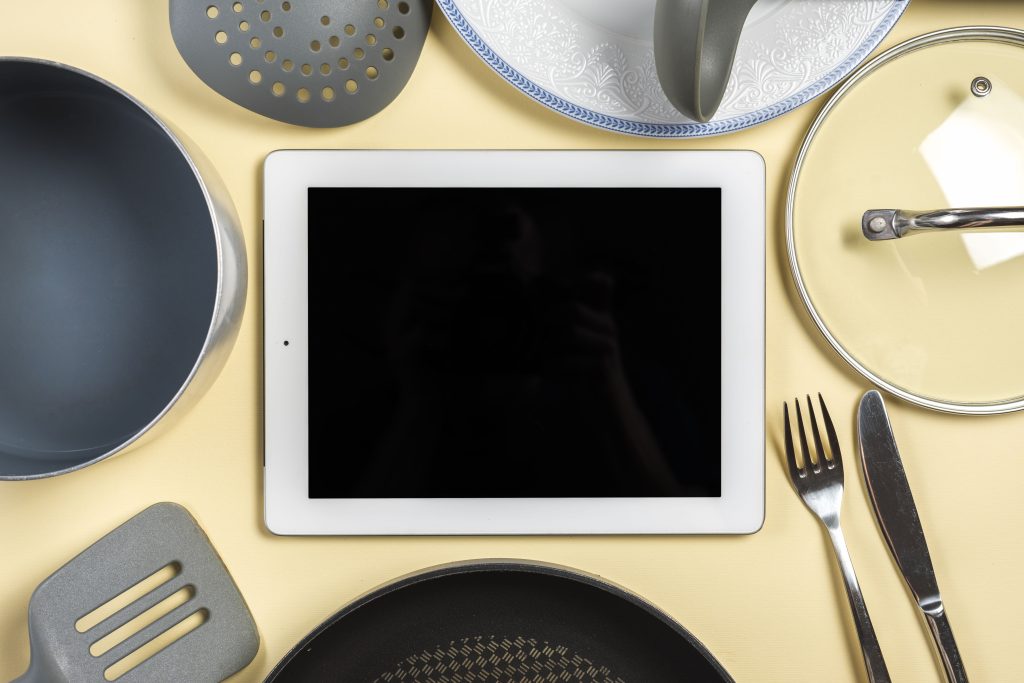
So here’s the thing — ghost kitchens aren’t spooky, but they are causing a bit of a stir. No dining room. No waitstaff. No sign out front. Just chefs, recipes, and a whole lot of delivery orders flying out the door like magic. It’s the kind of kitchen that doesn’t need to charm you with candlelight; it’s here to feed you fast and move on.
You might’ve seen the name pop up while scrolling through a delivery app — some oddly specific burger joint or a trendy-sounding sushi spot you’ve never heard of before. Chances are, it’s a ghost cloud kitchen. Or a commercial ghost kitchen, depending on who owns the pots and pans.
Why They’re Popping Up Like Mushrooms After Rain
Let’s be real: paying rent for a space you don’t need anymore is madness. Especially when everyone’s glued to their phones and dinner is just a few taps away. That’s the logic behind these behind-the-scenes kitchens. You skip the storefront drama and dive straight into what matters — food, fast.
Here’s what makes them hard to ignore:
- You don’t have to pay for waiters, hosts, or cute little menus
- You can test a new brand without betting your life savings
- You can pop up in new neighborhoods without opening a whole restaurant
Think about it: a pizza ghost kitchen doesn’t need Italian tiles and a wood-fired oven on display. It just needs dough, sauce, and a driver.
“Ghost Kitchen”— What the Heck Is That?
Still scratching your head, wondering, ghost kitchen what is it? Yeah, it’s a weird term. But here’s the simplest way to look at it: a ghost kitchen is a food operation that doesn’t care if you know where it lives. It exists on apps, not sidewalks.
You won’t find these places on Google Maps, and if you walk past one, you probably wouldn’t notice. They’re in warehouses, in someone else’s restaurant basement, even in shipping containers. Nobody’s setting tables. They’re setting timers.
And the wildest part? Sometimes a single kitchen is cranking out six different brands at once. Your taco, your roommate’s ramen, and your neighbor’s vegan wings — they might all come from the same stove.
Even if you’re not running a ghost kitchen, it’s hard not to borrow ideas from them. In fact, taking inspiration from their hyper-efficient setup could give your kitchen an edge. Whether you’re slicing faster or plating cleaner, investing in solid, no-nonsense gear — like stainless steel tables — can change the whole vibe of how you work.
Are They Killing Off Real Restaurants?
Nope. But they are changing the rules.
Restaurants used to be about the full experience — the mood lighting, the sizzle from the open kitchen, the waiter who somehow remembers your birthday. Ghost kitchens don’t care about any of that.
That said, they do make sense when your focus is pure delivery. But they’re not without issues:
- It’s hard to build trust when people can’t see where their food comes from
- The experience is purely transactional; there’s no human element
- Some folks feel a bit duped when they realize their “favorite new spot” doesn’t actually exist
Still, for the brands that play it smart, it’s a goldmine. You can run three food concepts from the same tiny kitchen and never have to wipe a single table.
So What’s Next?
My guess? We’ll start seeing more hybrids. A small bistro might use a cloud ghost kitchen to sell wings on the side. A delivery-only brand might blow up online and eventually open a physical spot once they’ve built a following.
The lines are getting blurry. And that’s not necessarily a bad thing.
At the end of the day, most people don’t care where their food is made — just that it’s hot, tasty, and arrives when they’re too tired to cook. Ghost kitchens aren’t a fad. They’re just the next version of eating in.